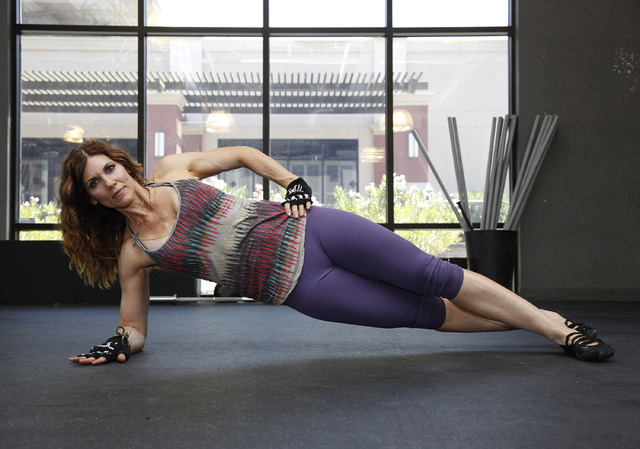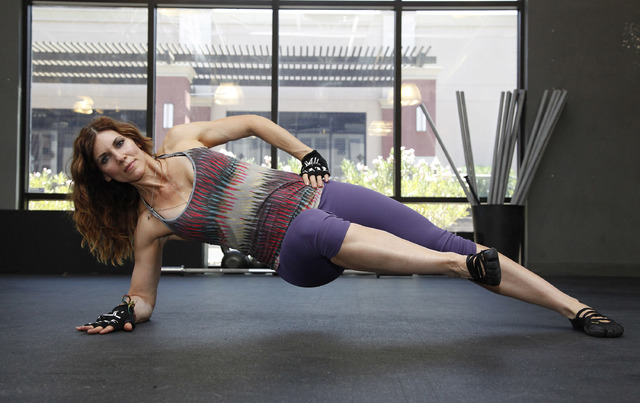Before you captain the core, you must rock the planks
The more crunches you do the more defined your abdominals. Right?
Wrong. Sorry if that’s not what you wanted to hear, but it’s true. You can do all the crunches in the world and still not have even one defined abdominal muscle, let alone a pack of six.
Sculpting that shredded midsection begins at the dinner table. Start using food as fuel and to aid in recovery after workouts. Then those abs will start to show.
Just because abs are sculpted with nutrition and not various types of multiplanar crunches doesn’t mean we should never work our cores. Core work is important to any exercise program. The stronger your core is the better you can do everything else.
Because your spine is essentially a bunch of joints stacked on top of one another, it needs loads of strength and stabilization from the supporting muscles to stay straight. It needs to be strong enough to keep up with your physical activity.
If you are a laborer, your core needs to be strong and stable enough to support your spine during your daily duties. If you are a full-time parent, then that core should be strong and stable enough so you can lift the kids and multitask with a neutral spine, braced by core muscles.
The last thing you want is to tweak your back. Besides experiencing pain and not being able to walk for a while, you lose all that time needed to be working or mothering.
Let’s look at it from a gym angle. Many people can leg press a large amount of weight. I trained a woman who could press 1,000 pounds on the leg press machine. No joke. But she couldn’t squat with 1,000 pounds. Most people will find that they can leg press far more than they are able to barbell squat. This is greatly because of their core strength.
The legs have three joints (ankle, knee, and hip) to stabilize during movement, whereas the trunk of the body has 24 vertebrae (actually 33 but the sacral and coccyx are fused). The amount of stabilization the spine would need to squat 1,000 pounds would be phenomenal. That is why the four-digit squat is reserved for elite lifters. They put in a decade or two to gain this kind of core stability to reach this goal.
When I have someone perform a core-specific exercise, it follows a few principles. Activation, stabilization and progression are my three guidelines for core work. Learn to activate the core. Cues can be to draw the belly button in or brace your stomach for a punch. The exercise often requires the core muscles to stabilize the body while the core is activated.
For stabilization, I like to use a time constraint opposed to a repetition constraint. People find ways to cheat during reps; they rest at the top or bottom or half activate the core. If you have someone hold a position longer you can see the complete core activation and observe as they get tired and fall apart.
Progression is the last principle. If athletes demonstrate proficiency with an easy task, they have earned a harder one. Progress an exercise by doing it on one foot or one hand, hanging from a bar, or even upside down; whatever you need to make the last progression a little more difficult.
With these principles the sky is the limit to how many core exercises you can invent. It even becomes fun for you and a gym buddy to make up weird progressions to core exercises you have already mastered.
Today’s exercises are derived from a simple side plank. The progression is called a Captain Morgan because it resembles the pose the pirate makes on a bottle of Captain Morgan rum. I play a game with my athletes. Whoever can hold the pose the longest is captain of the ship.
Chris Huth is a Las Vegas trainer and can be contacted at 702trainer@gmail.com. No press releases please. Before beginning any exercise program, consult your physician.



















